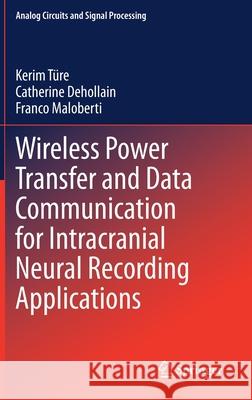Wireless Power Transfer and Data Communication for Intracranial Neural Recording Applications » książka
topmenu
Wireless Power Transfer and Data Communication for Intracranial Neural Recording Applications
ISBN-13: 9783030408251 / Angielski / Twarda / 2020 / 112 str.
Wireless Power Transfer and Data Communication for Intracranial Neural Recording Applications
ISBN-13: 9783030408251 / Angielski / Twarda / 2020 / 112 str.
cena 191,40 zł
(netto: 182,29 VAT: 5%)
Najniższa cena z 30 dni: 191,85 zł
(netto: 182,29 VAT: 5%)
Najniższa cena z 30 dni: 191,85 zł
Termin realizacji zamówienia:
ok. 20 dni roboczych.
ok. 20 dni roboczych.
Darmowa dostawa!
Kategorie:
Kategorie BISAC:
Wydawca:
Springer
Seria wydawnicza:
Język:
Angielski
ISBN-13:
9783030408251
Rok wydania:
2020
Wydanie:
2020
Numer serii:
000108233
Ilość stron:
112
Waga:
0.36 kg
Wymiary:
23.39 x 15.6 x 0.97
Oprawa:
Twarda
Wolumenów:
01
Dodatkowe informacje:
Wydanie ilustrowane











